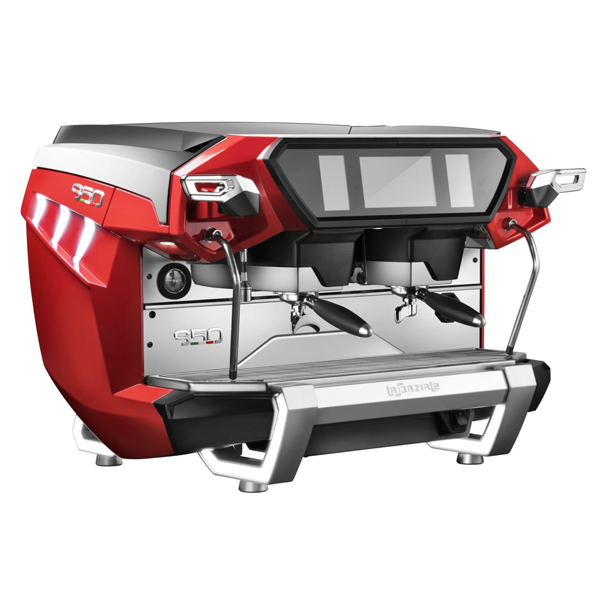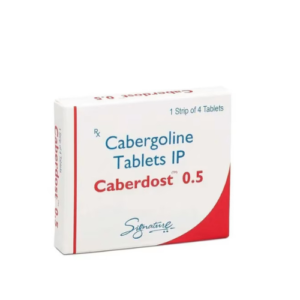For coffee lovers, the choice of an espresso coffee machine can make or break the daily ritual of brewing a perfect cup. Espresso has long been celebrated for its rich flavor, velvety crema, and strong aroma, and the device you choose to make it can profoundly influence your coffee experience. Among the most common options are automatic and manual espresso machines, each offering unique benefits and challenges. Understanding the differences between these two types is essential for selecting the one that fits your lifestyle, skill level, and taste preferences.
Understanding Automatic Espresso Machines
Automatic espresso machines are designed to streamline the coffee-making process. These machines automate key steps, including water flow, temperature regulation, and shot timing. Some high-end models even come with programmable settings for specific drinks like lattes, cappuccinos, and macchiatos.
Advantages of Automatic Espresso Machines
- Ease of Use: One of the biggest advantages is convenience. Automatic machines reduce the learning curve for beginners, making it easier to produce consistent shots without extensive practice.
- Time Efficiency: With pre-programmed settings, automatic machines save time, ideal for busy mornings or offices.
- Consistency: Because these machines control water temperature, pressure, and extraction time, they produce a consistent cup of espresso every time.
- Versatility: Many automatic machines include milk frothers and the ability to customize multiple drink profiles, which is helpful for households with varying taste preferences.
Limitations of Automatic Espresso Machines
While convenient, automatic machines can limit creative control. Experienced baristas may find them restrictive, as you cannot easily adjust extraction variables to experiment with flavor nuances. Additionally, high-end automatic machines can be expensive, and their complex components may require more maintenance.
Understanding Manual Espresso Machines
Manual espresso machines, also known as lever machines, give users complete control over every aspect of the brewing process. From tamping the coffee grounds to controlling water pressure and shot duration, these machines put the artistry of espresso firmly in your hands.
Advantages of Manual Espresso Machines
- Full Control: You can adjust grind size, pressure, and extraction time, allowing for a more personalized and nuanced cup.
- Enhanced Flavor: Because manual machines let you fine-tune every step, they can produce a more complex, aromatic espresso.
- Satisfaction and Skill: Many coffee enthusiasts enjoy the hands-on process, as mastering a manual espresso machine can be highly rewarding.
- Durability: With fewer electronic components, manual machines often last longer and are easier to repair.
Limitations of Manual Espresso Machines
Manual espresso machines require skill and patience. Beginners may struggle to produce a consistent shot, and the process takes longer compared to automatic machines. Additionally, the learning curve can be steep, and achieving the perfect balance of pressure, grind size, and water temperature may take time.
Key Differences Between Automatic and Manual Machines
| Feature | Automatic Espresso Machine | Manual Espresso Machine |
| Ease of Use | Very easy; minimal skill required | Requires skill and practice |
| Control | Limited; mostly pre-programmed | Full control over every step |
| Consistency | High; produces similar shots every time | Variable; depends on user skill |
| Time | Quick; ideal for busy routines | Slower; hands-on process |
| Maintenance | Can be complex; parts may require professional servicing | Simpler; fewer electronic parts |
| Cost | Often more expensive | Can be more affordable (depending on brand/model) |
Choosing the Right Espresso Coffee Machine for You
Selecting between automatic and manual machines largely depends on your priorities:
- Convenience vs. Control: If you prefer quick and easy espresso with minimal effort, an automatic machine is ideal. If you enjoy experimenting with flavor and mastering the art of espresso, a manual machine may be more satisfying.
- Skill Level: Beginners often benefit from automatic machines, while experienced coffee enthusiasts may enjoy the challenge of a manual machine.
- Lifestyle and Usage: Consider how often and in what context you’ll use the machine. For frequent, fast-paced use, an automatic machine fits better. For weekend brewing sessions where time is less critical, a manual machine allows for more creativity.
- Budget: Automatic machines often require a higher initial investment and potential servicing costs. Manual machines, while requiring skill, can be more cost-effective in the long term.
Enhancing Your Espresso Experience
Regardless of the type of machine, achieving the perfect espresso requires more than just the right device. The quality of coffee beans, grind size, and water quality play crucial roles. A well-maintained espresso grinder ensures uniform grind size, which is vital for consistent extraction and flavor. Investing in a good grinder, along with your espresso machine, can dramatically improve your coffee experience.
Final Thought: Mastering the Art of Espresso
Choosing between an automatic and manual espresso coffee machine is ultimately a personal decision. Automatic machines offer ease, speed, and consistency, making them perfect for busy lifestyles or those new to espresso brewing. Manual machines, on the other hand, provide full control, rewarding skill, and the ability to craft intricate flavor profiles for true coffee enthusiasts.
Whichever you choose, pairing your machine with a high-quality espresso grinder ensures you extract the best flavors from your coffee beans, elevating your daily coffee ritual into a true sensory experience.


